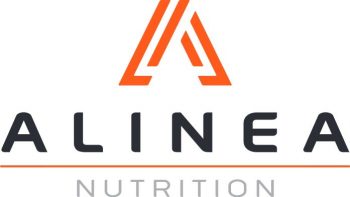*Geek Box: Determining Chronotype
The concept of a “chronotype” denotes, a phenotype reflecting an individuals’ time of day preferences. This has historically been considered a psychological construct, however, the increased evidence for the role of the circadian system and genetic factors has shifted the conceptual basis for chronotype to a biological construct.
The earlier assessments for chronotype focused on the psychological, preference construct, and were questionnaires based largely on preferences for morning or evening in terms of waking, activities, sleeping, etc. While these are valid and still important factors in determining chronotype, more refined current assessments – like the Munich Chronotype Questionnaire – include more specific questions in relation to sleep onset timing, sleep latency, wake up time, get up time, etc., and these questions are asked separately for work days and free days. From this data, the midpoint of sleep on free days is used to determine chronotype.
This is because free days are generally where an individual will go to bed, fall asleep, wake up, and get up, in accordance with their own preference, i.e., reflecting their internal biological timing. Other than objective measures of internal biological timing, the midpoint of sleep is the more accurate proxy measure. Using this measure, it is possible to examine whether there is any consistency or disconnect between the midpoint of sleep on work days vs. free days, and this difference can be used to quantify “social jetlag”. The larger the differences between the midpoint of sleep on work days and free days, the greater the degree of social jetlag.
The full implications of chronotype for health and disease risk remains to be elucidated, however, it does appear that internal disconnect between biological timing and social timing may add up over time to increasing risk. Conversely, the data to date suggest that the more we can align our biological time with our social timing and remain consistent, the better. For more on this, read Roenneberg et al., Biology. 2019;8:54.
